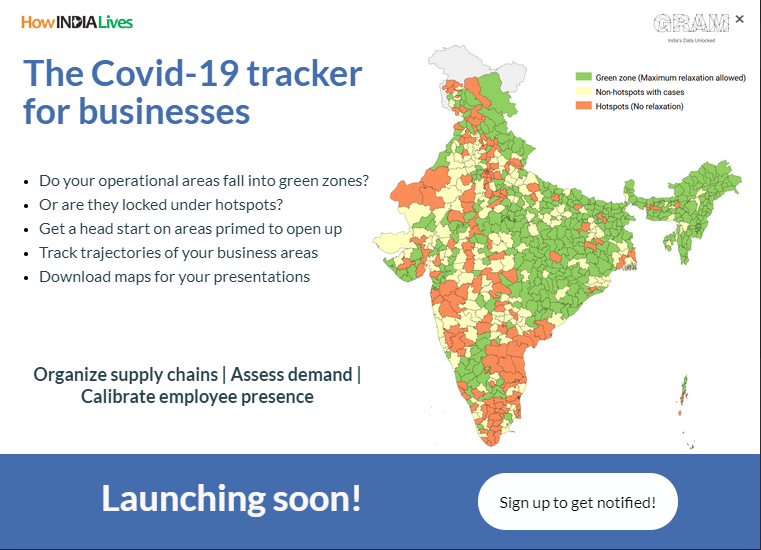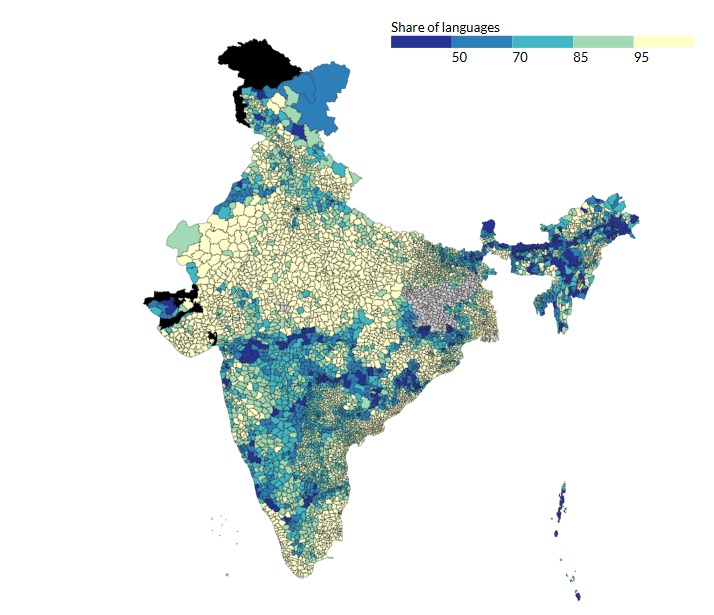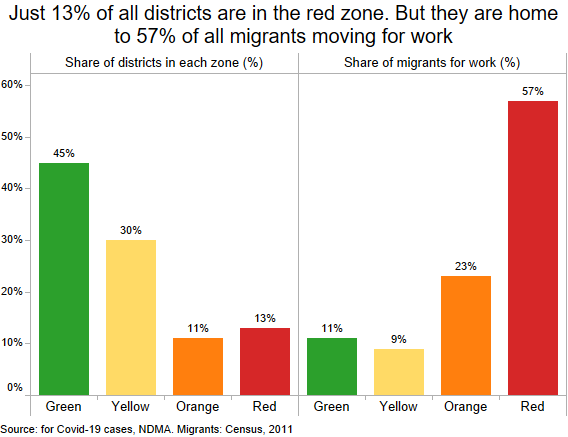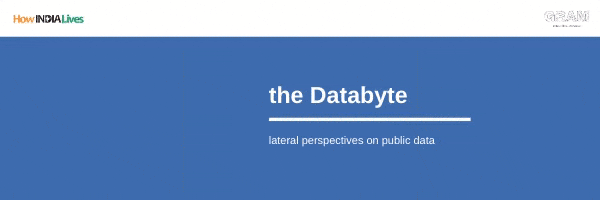
At 9 am on Friday, the Prime Minister requested everyone to switch off their lights for 9 minutes at 9 pm on Sunday and light a diya or a candle in their balconies. Post the announcement, there was a flurry of news reports on how state electrical agencies were in a tizzy to manage the sudden electricity load reduction. The government issued a clarification.
Twitter, meanwhile was busy doing what it does best.
Highs to lows
But, electricity load management is not the focus of this edition, nor do I have a electrical engineering degree. I did try my luck with computer science though, and failed miserably.
Instead, all the brouhaha pointed me to the Power System Operation Corp. Limited (POSOCO), that oversees India’s electricity load management functions. Buried deep within the website, it gives out daily reports on the peak load and the number of units of electricity demand met by each state.
The data is in messy tables organised in multiple pdfs, and converting it into machine-readable excels is a nightmare. But, that’s why we built How India Lives, to make all of India’s public data more accessible.
From a peak demand of 3,619 MU on 18 March, the total electricity demand met throughout the country fell to 2,577 MU (one million units) on 27 March . That’s a drop of 29% in 10 days. Of course, that’s understandable given commercial and industrial demand and passenger railways accounts for close to 40% of all power consumption.
However, the total demand has been on a rising trajectory since (signalling rising economic activity, perhaps?)
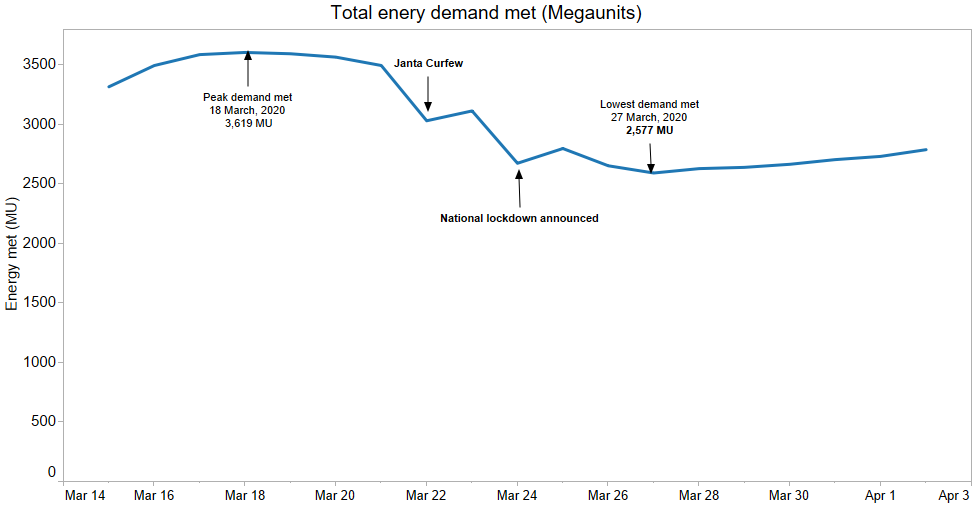
Maharashtra (13.3%) and Gujarat (9.97%) account for the highest share in the number of units consumed in the country , followed by Tamil Nadu (9.6%). These industrious states also account for the highest share of people involved in manufacturing activities that are most likely to be impacted due to the shutdown.
The reduction in state-wise electricity demand is computed at two levels. The Janta Curfew was on a Sunday. Sundays typically lower electricity demand as many businesses are shut. Over the previous Sunday, India saw a 12% reduction in electricity demand. Delhi saw the highest reduction of 12%, while states like UP (12%) and Bihar (2%) were the only 2 states that had an increased demand.
Different states have been impacted differently by the shutdown. States with high levels of out-migration have not seen a reduction in electricity demand (UP, Bihar, West Bengal). On the other hand, states which see a large share of people migrating in for work have seen drastic reduction in electricity demand. This would hurt the already precarious situation of power discoms especially in these states as the commercial and industrial segments cross-subsidise lower residential tariffs.
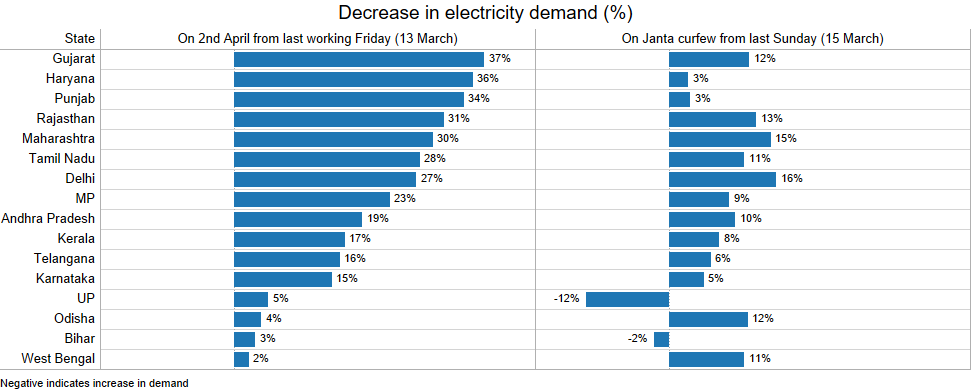
[activecampaign form=51]

